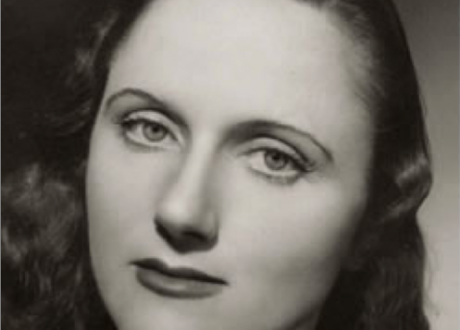 Elizabeth Taylor’s short story collection is superlative. Photo: From The Other Elizabeth Taylor by Nicola Beauman
Elizabeth Taylor’s short story collection is superlative. Photo: From The Other Elizabeth Taylor by Nicola Beauman
The background
Elizabeth Taylor’s Complete Short Stories are, for the first time, being published by Virago, to celebrate her centenary. All 65 are here. The vastly underrated writer – also known as “the other Elizabeth Taylor” – is enjoying a quiet resurgence in popularity. Her books were in vogue during the 1940s and 50s, and had respect from her peers – Elizabeth Bowen, Kingsley Amis and Rosamond Lehmann.
She was born in 1912, and married a sweet manufacturer at the age of 24, living in the Thames Valley village, Penn. She died from cancer when 63, and had two children, and published 12 novels, as well as four short story collections. Her 1971 novel, Mrs Palfrey at the Claremont, was shortlisted for the Booker; however, her books were often overlooked because of their domestic settings. Critics are ecstatic at the collection.
“The whole point is that writing has a pattern and life hasn’t. Life is so untidy. Art is so short and life so long. It is not possible to have perfection in life but it is possible to have perfection in a novel.” Elizabeth Taylor
Alert to the snake in the grass
Catherine Taylor in The Sunday Telegraph praised Taylor’s “acerbic wit, forensic observation and compassion, laced with a startling worldly knowledge.” She was far from the genteel woman writer that she’s portrayed as – she was a bohemian, and even a Communist party member, and had an affair that lasted 12 years. Her social scenes in the stories are beautifully constructed. She doesn’t gloss over the misery of wives and children: she is “slyly alert to the snake in the grass and of wrenching emotion beneath a formal carapace.”
Poignancy in the comedy of life
If Taylor’s “image deflected curiosity,” said Helen Dunmore in The Times, “it encouraged condescension and critical neglect.” Taylor destroyed most of her letters and diaries, leaving no trail for biographers. Her fictional subjects are those “polished by generations of artists” – friendship, sexuality. In her works, “the fact that a thing has existed is not diminished by the fact that it exists no more.” Her writing is “honed, even laconic, especially in dialogue,” and her “wit, while sharp, is buoyant.” Her characters’ lives are “shot through with the confusing delights of the body,” and are “beautifully present and poignant as they play out the comedy of their lives.”
Universal themes
Charlotte Vowden in The Daily Express gave the book 5/5, and said that Taylor’s “universal themes and lasting characters” made her tales “exceptional.”
Certainly not “the other Elizabeth Taylor”
It’s a “spectacular body of work,” agreed Susie Boyt in The Financial Times. We read fiction “to be taken both inside and outside of ourselves, for pleasure, to be stretched, reassured or to receive new insights into what, exactly, human nature is.” And all of that is here. There’s “nothing Taylor cannot do,” whether it’s “near-hysterical jubilation” or a “half-lit, introspective setting.” A dying department store reminds us of Philip Larin; many of the tales have “a kind of involved and intricate reality of their own.” Taylor’s writing has “a certain modesty”, with “an atmosphere of tremendous ease” that often “belies the effects it achieves.” Boyt was reminded of the critic Francis Wyndham, who intervieed the actress Elizabeth Taylor – but wished it was “the esteemed author he had been dispatched to meet instead! Perhaps in time it will be the film star, and not this exceptional novelist, who is sometimes patronisingly referred to as ‘the other Elizabeth Taylor.’”

